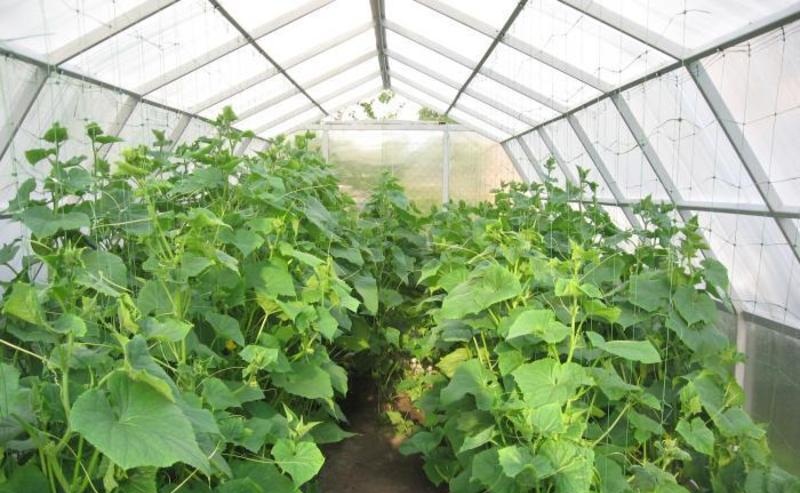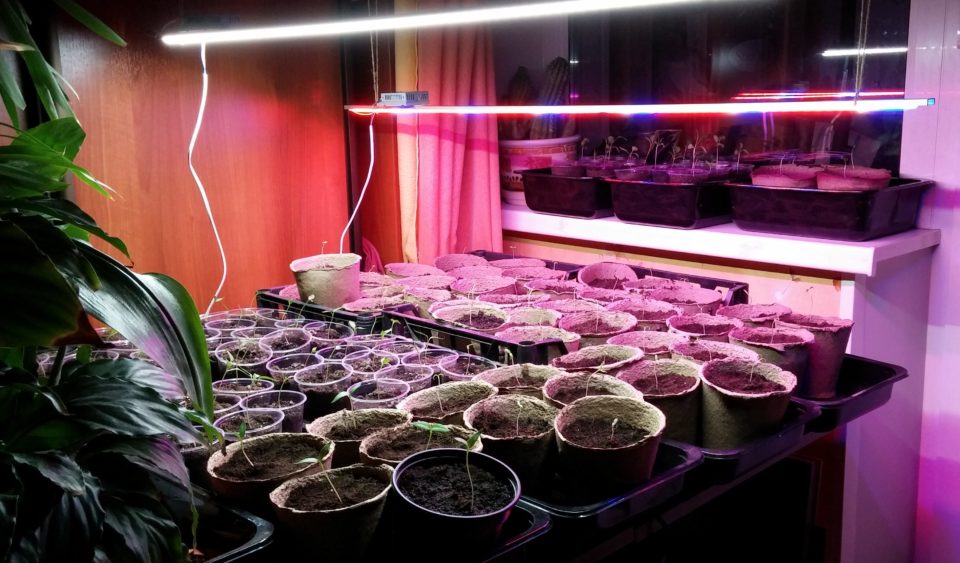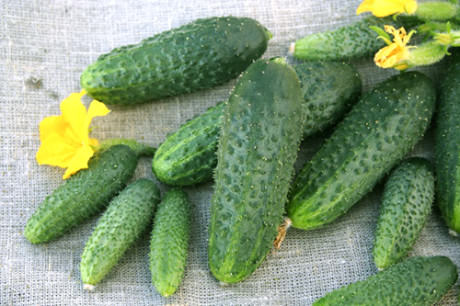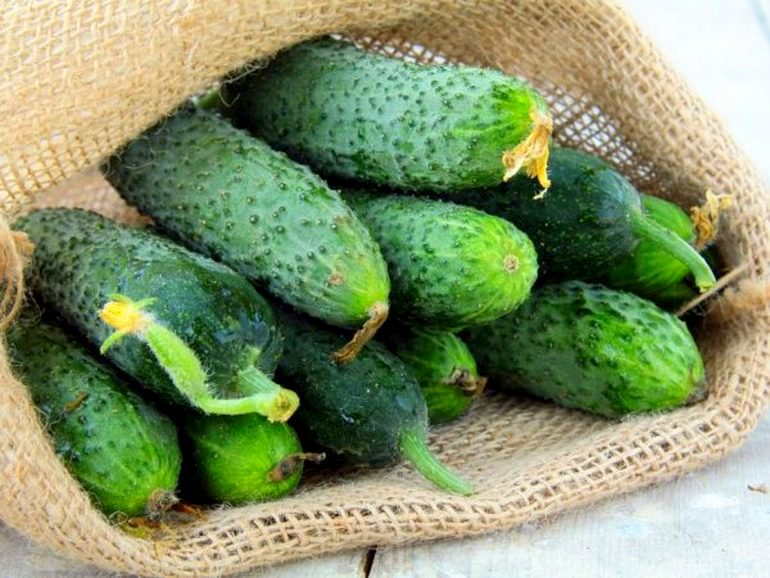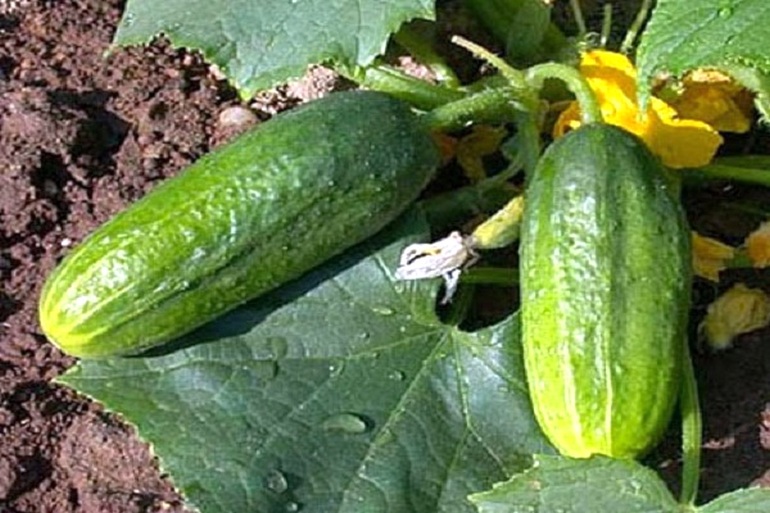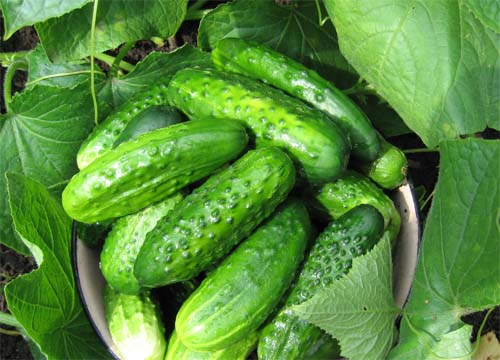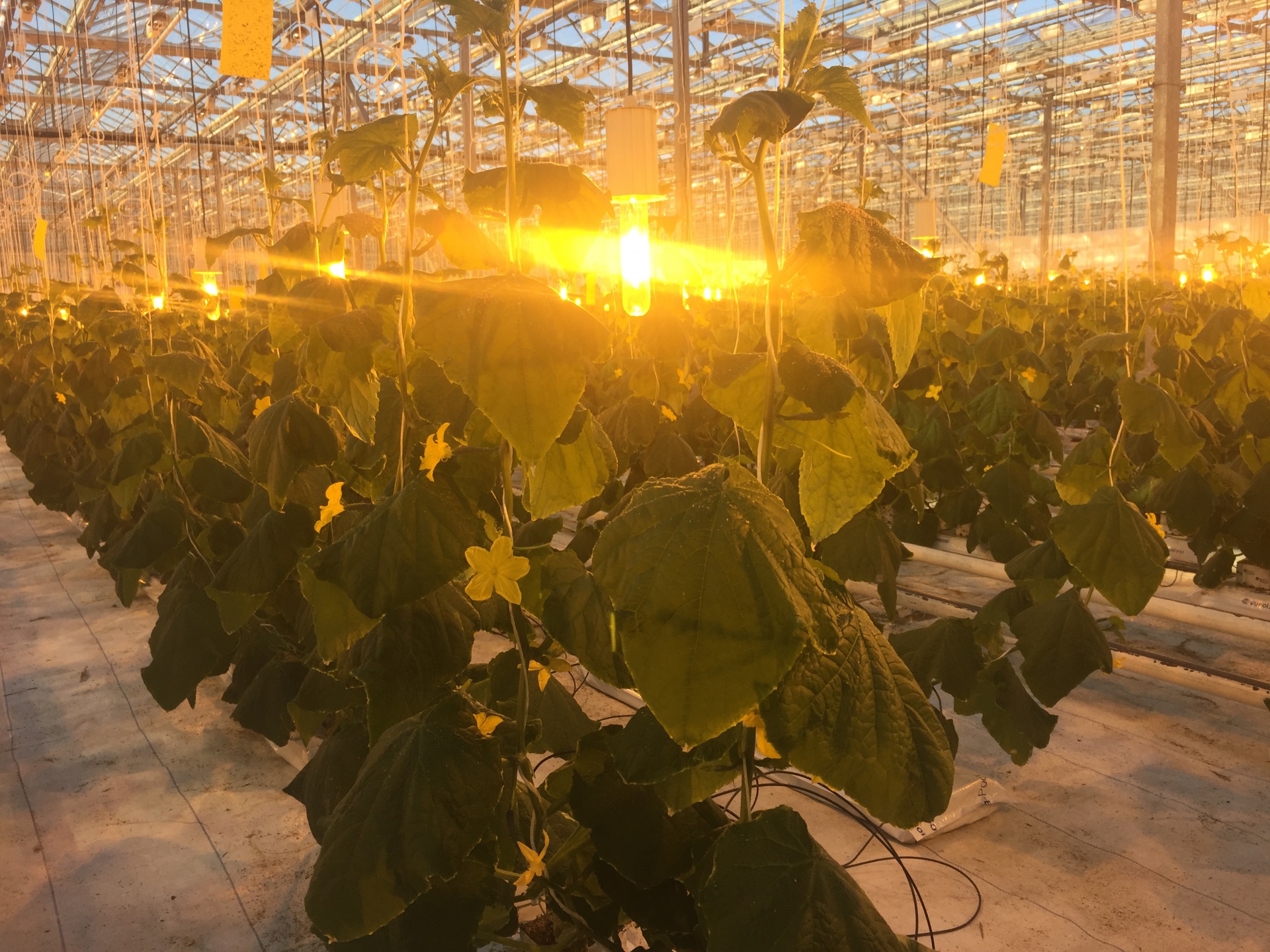Content:
This variety of cucumbers was created in the early 80s of the last century, almost immediately became popular among summer residents who grow vegetables in their gardens. And despite the fact that many new varieties and hybrids of cucumbers with many positive qualities have now been created, the Cascade cucumber is still loved by vegetable growers for its early maturity, amicable ripening of fruits, a harvest of small, even greens.
The history of the creation of the variety
The cultivation of this variety was carried out by specialists from the Far Eastern Scientific Research Institute of Agriculture. Cascade cucumbers were introduced into the State Register in 1982 and zoned for cultivation in the Far East region in the open field. But if desired, this variety can be grown in hotbeds and greenhouses, even on a windowsill in an apartment.
Due to their positive qualities, the Cascade cucumbers became popular in other regions of the Soviet Union - in the Urals, Siberia, in the middle zone, as well as in Ukraine and Moldova. And until now, this variety is popular among vegetable growers in these regions.
Description and main characteristics of the variety of cucumbers Cascade
The description of this varietal cucumber should begin with its early maturity - about 1.5 months pass from planting seeds to the amicable ripening of the greens. Both female and male flowers are formed on the lashes, so the plant requires pollinating insects.
The variety is zoned for the Far Eastern regions, where it is grown in the open field and in the conditions of changing weather conditions, summer residents have time to get a large harvest of maturing fruits.
Bushes are of medium height, rarely grow more than 1.2-1.4 m, lateral lashes are medium. The foliage is larger than average and has a deep emerald color. Flowers are collected in bunches.
Ripe fruits are of a gherkin type, reach 8-10 cm in length, about 4 cm in diameter. The mass of ripe greens is about 100 g. The skin is light-green in color, covered with small tubercles with small thorns. The shape of mature zelents is cylindrical.
This variety is resistant to downy mildew, the immunity of cucumbers Cascade to other diseases is above average.
This cucumber culture has high commercial qualities, and the taste of cucumbers is very pleasant, slightly sweetish. The harvested crop can be transported over fairly long distances.
The yield of this vegetable crop is high, up to 14 kg of fruits can be harvested from 1 m2 with good care. Collected greens can be consumed fresh, as well as used in canning, salt and pickle.
Agrotechnics
You can grow these cucumbers in the open field and in greenhouses (subject to certain rules).
Before planting seeds on the beds (or at home - for seedlings), for disinfection, they are placed for ½ hour in a weak solution of potassium permanganate, then allowed to dry and kept in wet gauze until sprouts appear. The germinated seeds can then be planted in open ground. The soil temperature should be at least 16 ° C, in the conditions of the Far Eastern regions it will be established no earlier than the third decade of May.
When growing cucumbers, the Cascade seedling method first prepares containers and soil for planting seeds.The soil should be loose, fertile, neutral or slightly alkaline. Therefore, it is better not to take purchased soil for cucumbers - a lot of peat is added to it, which quickly removes moisture from containers, and a cucumber crop requires high soil moisture in which it grows.
It is better to prepare the soil for planting on your own, for this you need to mix turf soil, humus (or well-rotted compost) and river sand in a ratio of 3: 2: 1, mix well and spread out in peat pots in which cucumber seedlings will be grown.
The fact is that their root system is very delicate, and with inaccurate transplantation, it is often injured and often cannot be restored. Therefore, if this vegetable is grown by a seedling method, then the finished seedlings are transplanted to a permanent place either with a lump of earth or in peat cups, which gradually decompose in the soil and serve as additional fertilizer.
The seeds are buried in containers to a depth of 1.5 cm, watered well and covered with plastic wrap to create a greenhouse effect. The containers should be placed in a bright, warm place. After emergence (6-8 days), the film can be removed. During the cultivation of seedlings, the daytime temperature of about 22-23⸰C should be maintained indoors, and the nighttime temperature is around 20⸰C. The humidity should also be high enough - about 65%. Such conditions should be maintained not only during the cultivation of seedlings, but also in the future, after transplanting it to a permanent place. After all, cucumbers for growth and development require a high level of humidity and a constant temperature.
In addition, it is necessary to provide the seedlings with good lighting - it takes 10 hours of daylight to grow. If necessary, cucumbers should be supplemented with lighting.
Also, during the period of growing seedlings, top dressing is introduced into the soil:
- the first time - a couple of weeks after the sprouts appear (nitrophoska is used as fertilizer);
- the second time - a week after the first (any nitrogen fertilizer is taken for feeding).
Since this vegetable crop has no resistance to cold snaps, the cucumber seedlings are not hardened. Plants are transplanted to a permanent place in the phase of 3-4 permanent leaves.
Transplanting seedlings to a permanent place in the beds is carried out at the end of May. But, since this variety belongs to the early ripening terms, it is planted again in July, getting two harvests of Cascade cucumbers per season.
The beds for transplanting seedlings are prepared in advance. It is best to prepare warm beds. For this, trenches are dug, on the bottom of which branches, needles, foliage, sawdust are laid out, which are covered with a layer of soil on top and carefully poured. A fertile layer is laid out on top, consisting of sod and leafy soil, compost or humus and river sand. For each m2 of trench add 150 g of wood ash and 30 g of superphosphate. All these components are mixed and beds are formed from the resulting nutrient mixture into which the cucumber seedlings will be transplanted.
When planting cucumber seedlings, the planting holes are placed at a distance of 0.4 m from each other, and between the rows - 0.7 m. You can immediately install trellises on the ridges or pull the net to which the cucumber lashes will be tied.
Next, you need to maintain constant soil moisture, for this the plants are watered abundantly (5-6 liters of water under each bush) every 3-4 days. Cucumber leaves will "tell" about the lack of moisture - they immediately begin to fade. In addition, insufficient watering can cause deformation of the fruit.
After watering, it is necessary to loosen the soil in order to prevent the appearance of a crust on the soil surface, this procedure allows moisture to penetrate deeper into the ground.In the process of loosening, weeds are simultaneously removed, which can interfere with the normal development of cucumber bushes.
Another important nuance when growing cucumbers is feeding. Before flowering, complex fertilizers containing nitrogen, phosphorus and potassium are introduced into the soil. Mineral dressings alternate with the introduction of organic matter under cucumbers. After the beginning of flowering, the dose of nitrogen in the dressing is minimized so that the plants do not develop vegetative mass to the detriment of the formation of ovaries.
If the Cascade cucumbers are grown in greenhouse conditions, summer residents will have to take care of artificial pollination during the flowering period. Usually, soft brushes are used for this, with which they transfer pollen from the stamens to the pistils. In warm calm weather, you can open the vents and put a honey solution near the cucumber lashes to attract flying insects - pollinators.
Advantages and disadvantages of the variety
The main advantages of the variety include:
- early ripening of fruits;
- fruits ripen at the same time;
- zelentsy - gherkin type;
- ripe fruits do not have bitterness, and also do not turn yellow even when overripe;
- good marketability and taste;
- versatility of the harvested crop;
- the variety is highly resistant to downy mildew, moderately resistant to most diseases that affect cucumber varieties;
- the crop tolerates transportation well.
There are practically no disadvantages of this vegetable crop, but it is worth noting that Cascade cucumbers need pollination by bees.

